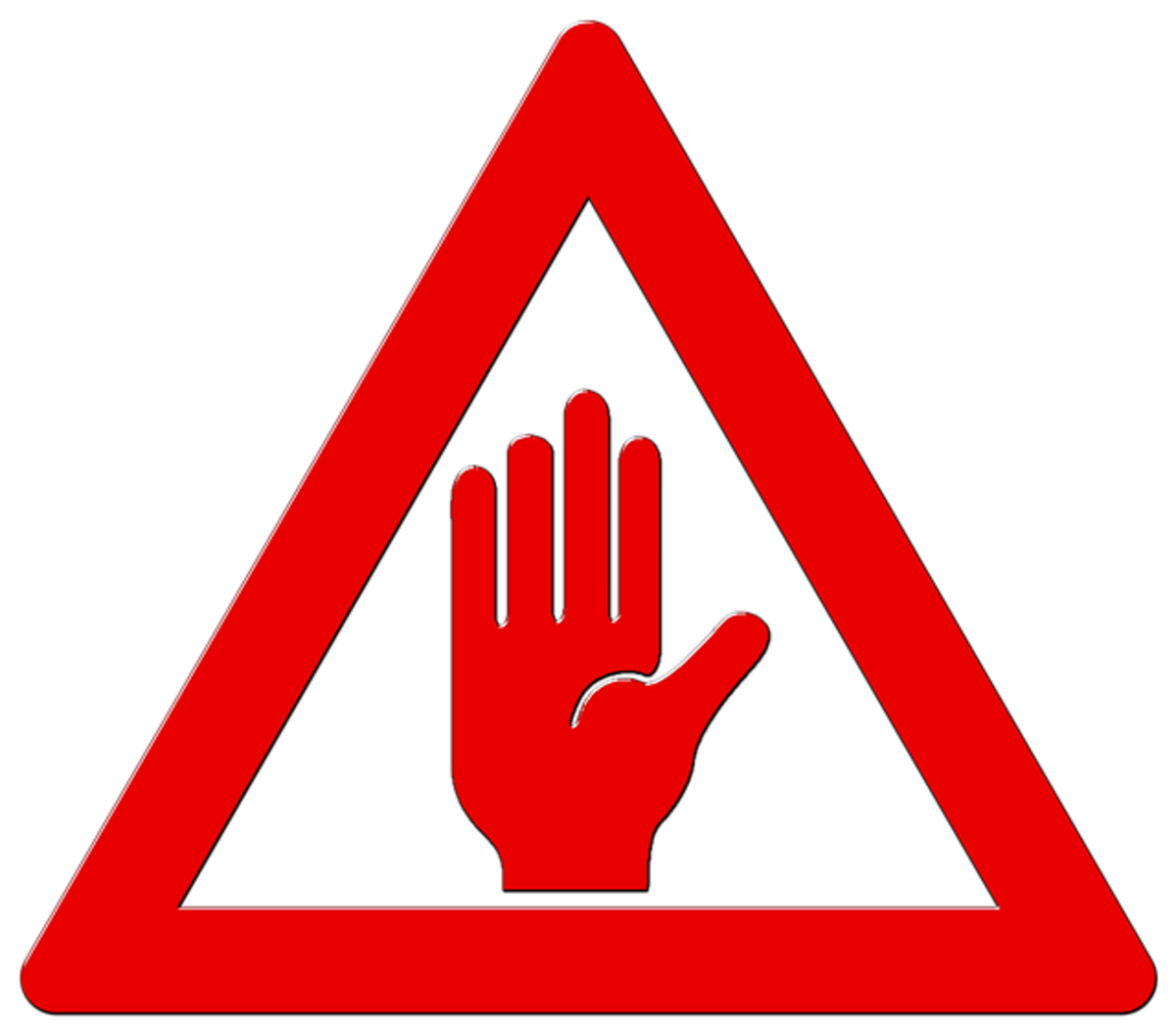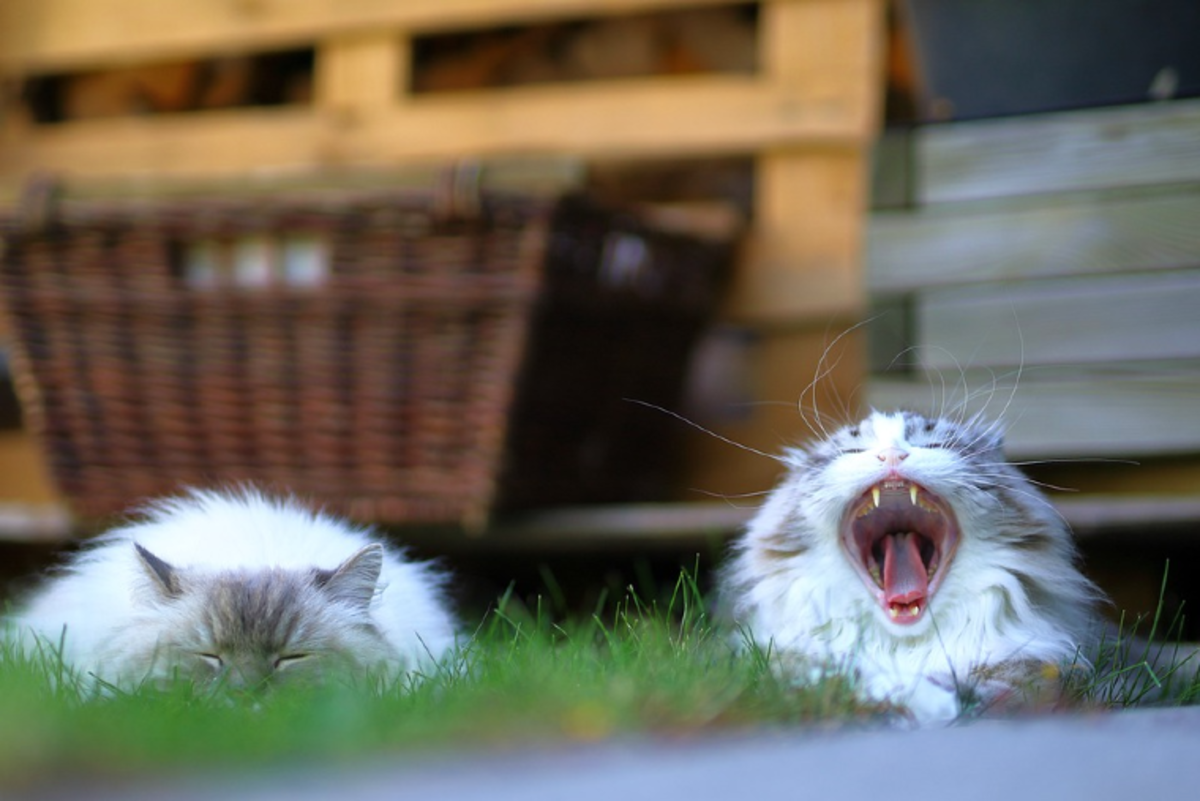How to Make Organic Pesticides for Gardens.
With small scale farming saving on cost is key to increasing profits
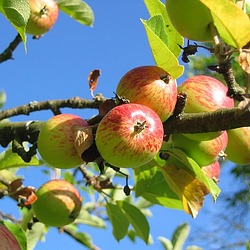
Synthetic pesticides vs. organic pesticides
This is 21st century. Why organic pesticides? You may ask. As a way of explanation, let’s pay a brief visit to the journey of synthetic farming.
Rapid rise in populations prompted by industrialization and improved healthcare has precipitated the need to expand production through agribusiness based ideas. Due to this, production on small scale basis proved unsustainable, at least not in the long run, more so with a steadily growing food market. In that instance, an alternative to organic farming was inevitable. The years from 1940s marked a departure from large scale organic farming. What followed was mass production of synthetic pesticide nicknaming the decade that followed as an “era of pesticide”. Through synthetic farming production was increased many times over, the gap between demand and supply was narrowed while quality was improved. The benefits accrued to organic farming have only been surpassed by immodest environmental degradation. Though commendable, the inventions, has proved to be at odds with biodiversity conversation and has largely contributed ecosystem imbalance. As well, pest and insects have defiled the odds through mutation and developing resistance. Such perils of modern synthetic farming have raised a compelling need re think organic farming.
Early farming that involved organic pesticides
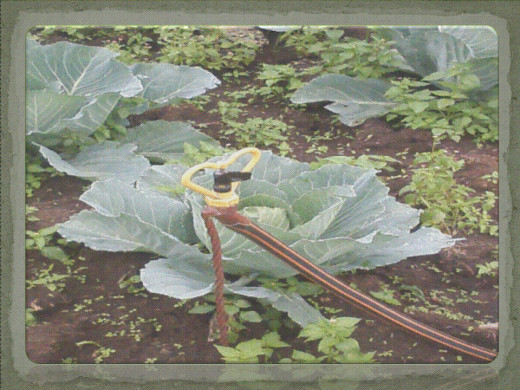
A flash back to organic farming in ancient civilizations..
For a start, generic farming was combined with conservation through use of ingenious methods of biodiversity conservation which lead to a sustained production for years.
Factors that worked to their advantages
-
Availability of large chunks of land allowed inter cropping. Poly culture reduced widespread attack on a given crop species since some of the crops acted either as deterrents to attacks or as trap crop.
-
Agro ecosystem lead to conservation of forest cover, yet maintaining land fertility.
-
Farming methods such as mulching and tree cover suppressed weed growth reducing tillage of land. With reducing tillage, carbon loss was minimized conservation soil structure.
-
Herbs such as bitter leaves and roots proved vital components for making natural pesticides that were sprayed on plants to deter attack.
-
Continuous application of such a holistic management of land reduced environment degradation such as soil erosion, overgrazing and deforestation.
With population explosion in the 20th century, land as a primary of food production has shrunk. It is no longer viable to practice agro forestry, just as it is in effective to practice poly culture since harmful insects and pests have developed resistance to synthetic pesticides. This factor not with standing, climate change has necessitated the need to reverse carbon emission in a bid to lower environment degradation. To remedy the global scale destruction, strides have been made to adopt organic way of farming.
Rise of modern organic farming
Sir Albert Howard who is honored as the father of organic farming brought on board striking ideas which if well utilized could turn organic farming on its head for success and long term sustainability. His efforts and ideals have been utilized to promote use of natural products in organic farming. This has been pegged on the steadily rising market for organically grown food and products which had reached 63billion dollars worth of products traded in the run up to 2012. Against this background, the rallying call to promoting synthetic pesticides in farming is receding thus the need to focus on generic farming which utilizes organic farming with cheaply available organic pesticides and to thrive on it.
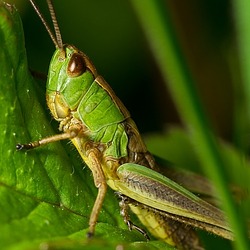
Natural pesticides of note
All these trees are an all time rated pesticide producing trees. The list, though, is by no means exhaustive.
A tabular representation of most common organic pesticide producers
Common name
| Botanical name
| Active chemical
|
|---|---|---|
Neem tree
| Azadirachta indica
| azadirachtin
|
Pyrethrum plant
| Chrysanthemum cinerariifolium
| Pyrethrin
|
Sodom apple
| Solanum incanum
|
3 most common trees that are an important source of organic chemicals
Rate these procedures
Are the plants outlined above easily obtainable
Plant yield is greatly decimated by pest attack
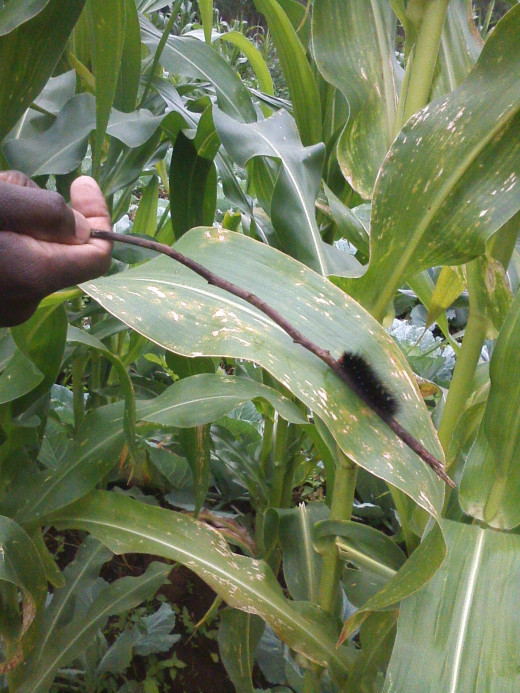
Procedure to producing a home made pesticide
- 5 liter of Pyre thrum based pesticide.
- Take about 250gms of crushed and dried heads of pyre thrum plant
- Dissolve them in about 1 liter of mildly heated clean water for about five hours
- Obtain the filtrate leaving behind the residual.
- Add up 250mls of dish washing detergent which acts as a sticker. Top up the liquid to five liter and store it in a cool place within well labeled containers.
- Apply the pesticide either early morning hours or late evening hours for effectiveness.
- The pesticide should be applied once a week and should be stored for more than 2weeks.
- Neem based pesticide
- Dissolve about 300g of crushed neem seeds in lukewarm water.
- From the filtrate obtained add about 4litres of clean water.
- Add 100mls of urea and 250mls of washing soap detergent to act as a carrier for the solution.
- Top the solution to five liters and store in cool place in well labeled containers. The pesticide should be used within 7 days from preparation date.
- add 100mls Sodom apple extracts to strengthen the pesticide.
Safety precautions
Though most of the plants used to produce organic pesticide may be harmless to human use, misuse and excessive exposure may pose risks. This may be informing of irritation to body parts, discomfort and as well as mild burns on skin. Exposure to risk can narrow through appropriate dressing when making the pesticide and during spray period. If exposed to naked body. It is thus a recommendation to handle them with equal measure of care as with any other poisonous substance.
Parting shot
As a tipping on the ice, it is advisable to use home made organic pesticide based on good practices since overdose may kill harmless bugs that maintain soil structure and biodiversity.


